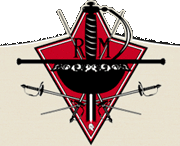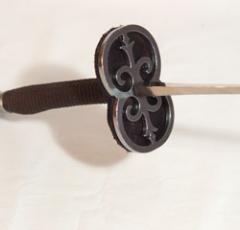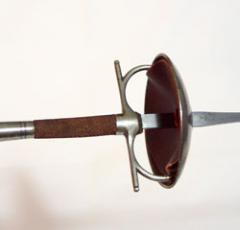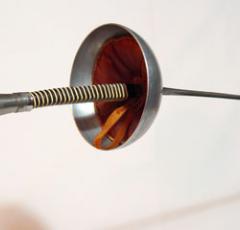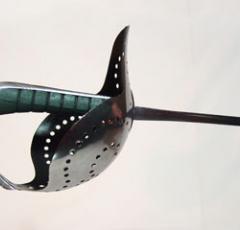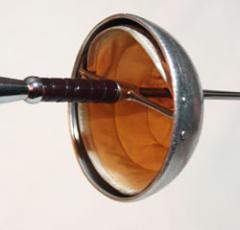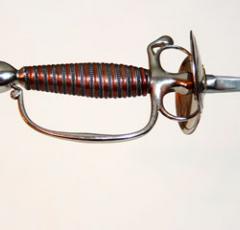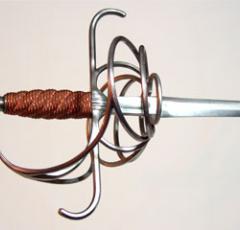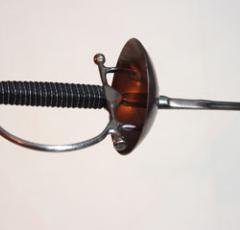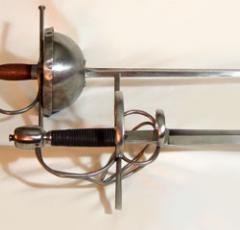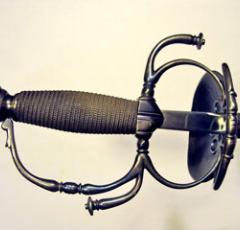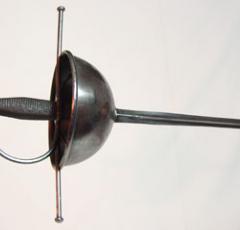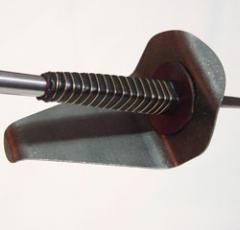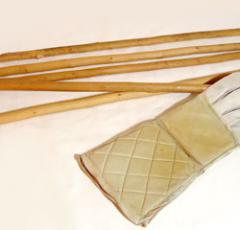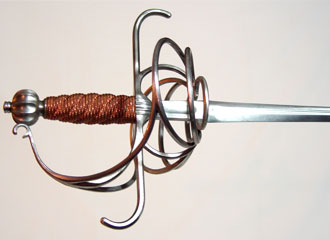

In the 17th century there existed many different regional variants, various postures and guard positions, yet there was still what we can classify as an Italian school. For example, Italian masters were all in agreement that there were four guard positions and four primary hand positions. The Italian school was also consistent in a linear approach to rapier fencing where the adversaries moved along a theoretical straight line in the course of the combat. Nonetheless, variants of sidestepping and evasive body displacements were taught and utilized in this system of armed personal combat.
The system of Italian rapier taught is based on the teachings of Nicoletto Giganti (1606), Ridolfo Capo Ferro (1610), Francesco Alfieri (1640), Giuseppe Morsicato Pallavicini (1673) and Francesco Antonio Marcelli (1686).
Instruction in Italian rapier includes single rapier, rapier & dagger, and rapier & cloak.
